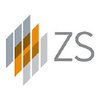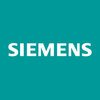Indian School of Business (ISB), Hyderabad
Your seniors at Indian School of Business (ISB), Hyderabad helped you with their notes. Now they're helping you with their placement interview questions. 🙏

Indian School of Business (ISB), Hyderabad
Your seniors at Indian School of Business (ISB), Hyderabad helped you with their notes. Now they're helping you with their placement interview questions. 🙏

I applied via Referral

I applied via Referral

I applied via Referral

I applied via Referral

I applied via Referral

I applied via Referral

I applied via Referral

I applied via Referral

I applied via Referral

I applied via Referral